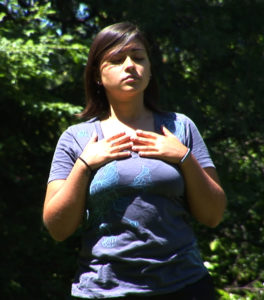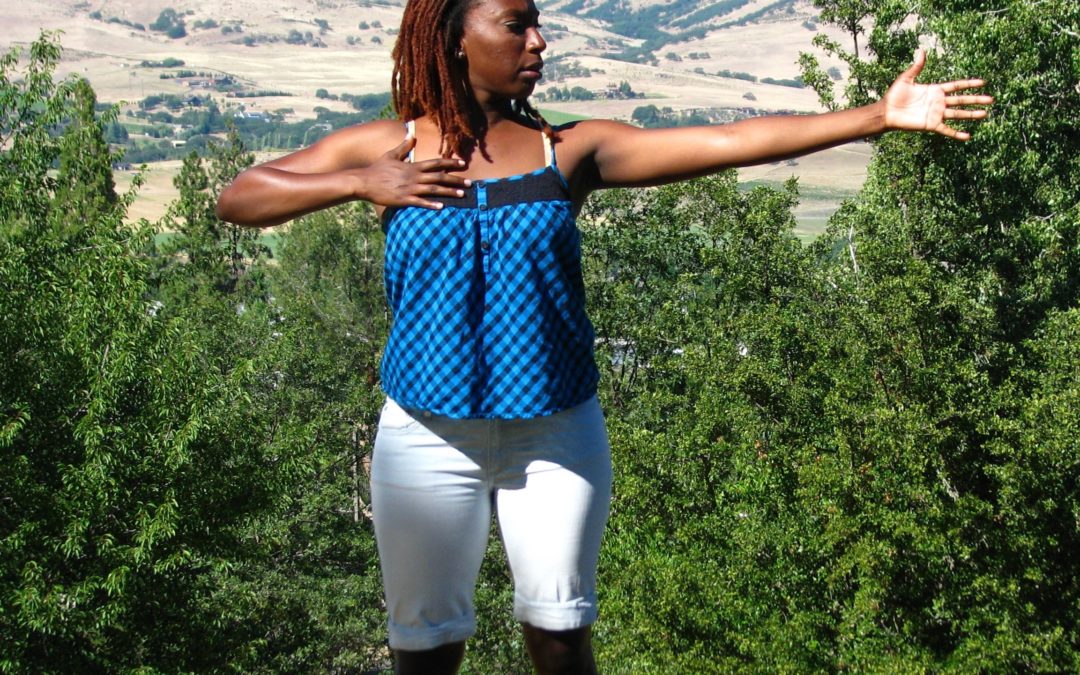Grief, anguish, and despair are so prevalent in our time that no one is immune. Unless you’ve had your fingers in your ears, face turned toward the wall, and tongue trilling “la la la la la”, you will undoubtedly have had either first or second hand experience of loss. Loss of health, wealth, or a loved one, or loss of joy, security, or freedom. Or perhaps it’s been loss of equity, stability, or trust. If it’s not your own personal loss, there’s been loss experienced by a friend, co-worker, neighbor or family member – in which case you are reminded of how tenuous and temporary all things are in the material world, and grief is inherent in the recognition of the fragility of humankind.
As a compassionate human being grief is unavoidable and resistance is futile, but the emotion of grief needs to keep moving in order to avoid settling into a lump in your throat, gut, or breast that effectively acts as a millstone which drags you down or settles in your bones, setting the tone for the rest of your life. Grief must be acknowledged, felt, and progressed with breath, conversation, tears, and energy work, in order that we experience it fully, and expand enough to contain it.
A common statement that well-meaning people make to someone in a phase of active grief is “you never get over it, but you learn to live with it”. I always cringe when I hear this because it feels futile to me. Having experienced the significant loss of my father to suicide when I was 18, I can say that traversing the plains of grief in those first 5 years after his death caused me to expand – to become big enough to integrate and hold that experience of grief. My grief honed me into a more compassionate and emotionally intelligent person than I was before he passed. This is not to say that I knew how to do that exactly, it was grace that carried me through those early years of pain. I did not have a spiritual practice or mentor, I did not know how to breathe or talk through it, and I certainly didn’t know anything about energy work. Instead I used LSD, marijuana and sex to keep me distracted while my soul did the work of integration. None-the-less my being expanded into someone who could contain that grief and use it as grist for developing wisdom and the ability to hold space for others who are in the process of grieving, without being pulled into a vortex of unprocessed grief of my own.
These days I have other tools for processing grief rather than relying on numbing and distraction. One of my favorites is the Artemis Stretch which I learned from Donna Eden (though I’m not sure she calls it that). This posture-breath combination helps to move energy out along Heart, Pericardium and Lung meridians, clearing those channels that are key to processing grief. These three meridians govern organs located within the field of the Heart Chakra. The heart of course is the epicenter of love and loving, which is contained and protected by the strong, fibrous pericardium, and from the perspective of Chinese medicine, the lungs are key in the experience and movement of grief. I prefer to do this exercise outside so that the old energy being cleared can be processed by Nature and become compost for something new.
- Stand with your feet about a shoulder’s width apart, firmly rooted to the earth. (Torso remains facing forward throughout the exercise.)
- Rub hands, shake them off, place them on your thighs.
- Take a deep breath in and raise your arms; place one hand on the chest (over the lung), the other arm extended fully out to your side.
- Open your extended hand wide, and make your fingers firm.
- Take at least three deep breaths (in through the nose, out through the mouth), exhaling purposefully down along the inside of your arm and off your fingers.

- When you feel ready (three breaths or more), on an inhale; purposefully shift the posture so that you are extending the opposite arm and hand, and holding the opposite chest.
- Take at least three deep breaths and exhale (through the mouth) down the inside of the arm and off the firm fingers.
- When you feel ready, on an inhale, bring your extended hand back to your chest to rest over your lung, let your elbows drop and take several breaths, sending love into your lungs and your heart’s center.
Watch a video of the exercise on YouTube.
Another technique that can be helpful in easing grief is holding neurovascular reflex points on the head. These points help increase circulation of blood and energy in the brain, relative to particular emotional states. There are two posture that I like; I suggest you try them both and see which one feels most comforting to you. Ultimately what identifies which one is best for you in the moment will be how it feels.
To address Lung and Large Intestine meridians individually (the meridians that comprise Metal Element, which governs grief): You might choose this posture when you are feeling a mixture of both yearning and resistance to letting go.
- Open the energy in your head by stimulating your scalp with scratching or rubbing.
- Place the center of both palms on the side of your head, above your ears, so that they are right on the curve of your scull.
- Place your fingertips directly on the top of your scull, touching in to the fontanel (“baby soft-spot”).
- With eyes closed, place your visual attention on your third eye, the space between your eyebrows.
- Hold gently for several minutes, breathing deeply and evenly (in and out through the nose).
To address generalized grief:
- Open the energy in your head by stimulating your scalp with scratching or rubbing.
- Place one palm on the top of the head (covering the fontanel, or “baby soft-spot”) adjusting your hand position to whatever feels most comforting.
- Place the other palm across your forehead.
- With eyes closed, place your visual attention on your third eye, the space between your eyebrows.
- Hold gently for several minutes, breathing deeply and evenly (in and out through the nose).
In conclusion I’d like to say that every single one of us has the emotion of grief within our reach. Being human is a series of falling in love and letting go, and remembering that a person’s behavior or demeanor is undoubtedly influenced by their fears or grief will help us be more compassionate. The mantra that helps bring me into a compassionate space for myself and others is; I AM, We Are, Love Is.


